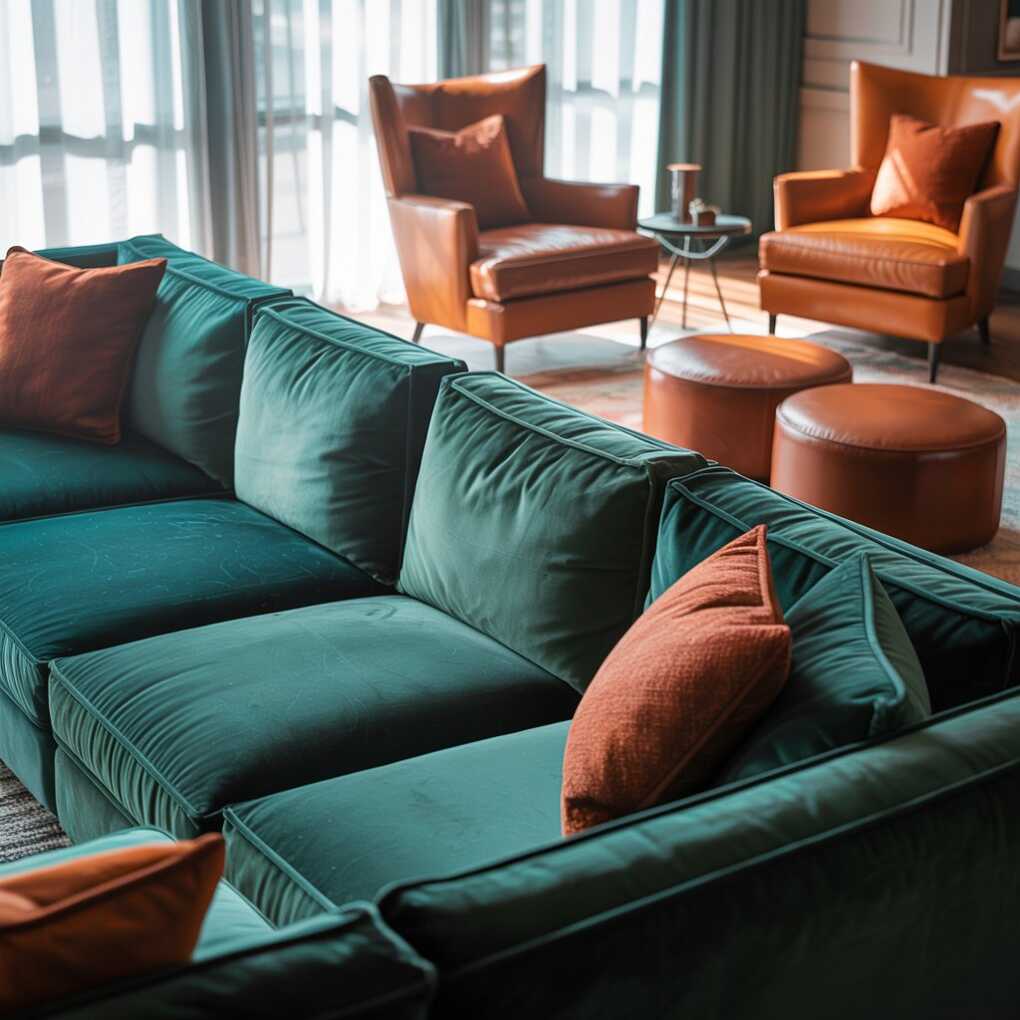There’s something undeniably inviting about a room that feels both visually balanced and comfortably layered. Fabric plays a subtle yet commanding role in creating that effect—whether through a splash of colour on a statement chair or the gentle texture of cushions scattered across a sofa. It’s often the element that ties a space together, softens sharp edges, and adds that lived-in feel without compromising on style.
Using textiles to elevate an interior isn’t about grand gestures—it’s about well-considered choices that enhance the room’s mood, energy, and aesthetic. And few materials are more versatile in this role than upholstery fabric, which blends function with flair, making it an ideal tool for affordable, creative transformations.

Using Upholstery Fabrics to Define Space
A carefully chosen fabric can do more than just refresh a tired piece of furniture—it can shape the atmosphere of an entire room. Upholstery fabric comes in a wide range of textures and colours, which makes it a powerful medium for creating contrast, layering tones, or building a unified look.
For example, deep velvets in jewel tones can bring an intimate, luxurious feel to a lounge, especially when used on armchairs or headboards. Meanwhile, lighter cotton-linen blends in soft, neutral shades work well in open-plan settings, where a calm, cohesive palette helps separate spaces without the need for physical barriers.
Reupholstering dining chairs or an ottoman is a budget-friendly way to add interest to a room. But think beyond furniture—fabric-covered panels or stretched upholstery fabric in frames can be used as decorative wall features. These offer a creative solution for renters or those looking to personalise a room without permanent changes.
Blending Softness with Structure
Fabrics don’t just soften a space—they can also be used to bring in structured style. Upholstered wall panels, headboards, and even fabric-covered cabinet inserts add visual texture while giving the room a sense of intention.
Try incorporating fabric in places where you’d least expect it. An upholstered banquette along a kitchen wall adds comfort and style in equal measure, especially when paired with a bold geometric print. In bedrooms, fabric bed frames or paneled headboards in rich tones can create a focal point while anchoring the rest of the decor.
Playing with the contrast between soft materials and clean lines creates a balanced look. For instance, pairing a minimalist coffee table with a plush velvet sofa instantly introduces depth and contrast, creating a space that feels considered and stylish without being fussy.
Seasonal Shifts in Fabric Choices
Just as wardrobes change with the seasons, interiors benefit from a little seasonal rotation too. Fabrics are an easy and affordable way to update the look and feel of a room throughout the year.
In the colder months, heavier fabrics such as wool blends, chenille or corduroy bring warmth and weight to a room. They work beautifully on cushions, throws, and even temporary slipcovers for sofas. These tactile choices not only feel cosier but also bring visual richness to spaces that can feel flat in winter light.
Come spring and summer, switching to lighter fabrics like cotton, linen, or even sheer textiles gives a room a breezier, more open feel. Try changing out cushion covers, lightweight curtains, or layering thinner throws across the end of a bed. These small shifts make the room feel seasonally appropriate without needing a full decor overhaul.
Fabric may be a soft material, but it holds the power to completely reshape a space. Whether it’s introducing a new colour scheme, refreshing a tired piece of furniture, or adding seasonal accents, the right upholstery fabric can do more than just cover a surface—it can transform how a room feels and functions.
By making thoughtful choices and experimenting with texture, tone, and placement, homeowners can bring a new level of personality and style into their interiors. Whether you’re working with a strict budget or simply enjoy hands-on decorating, fabric remains one of the most accessible and impactful tools in your design kit.
